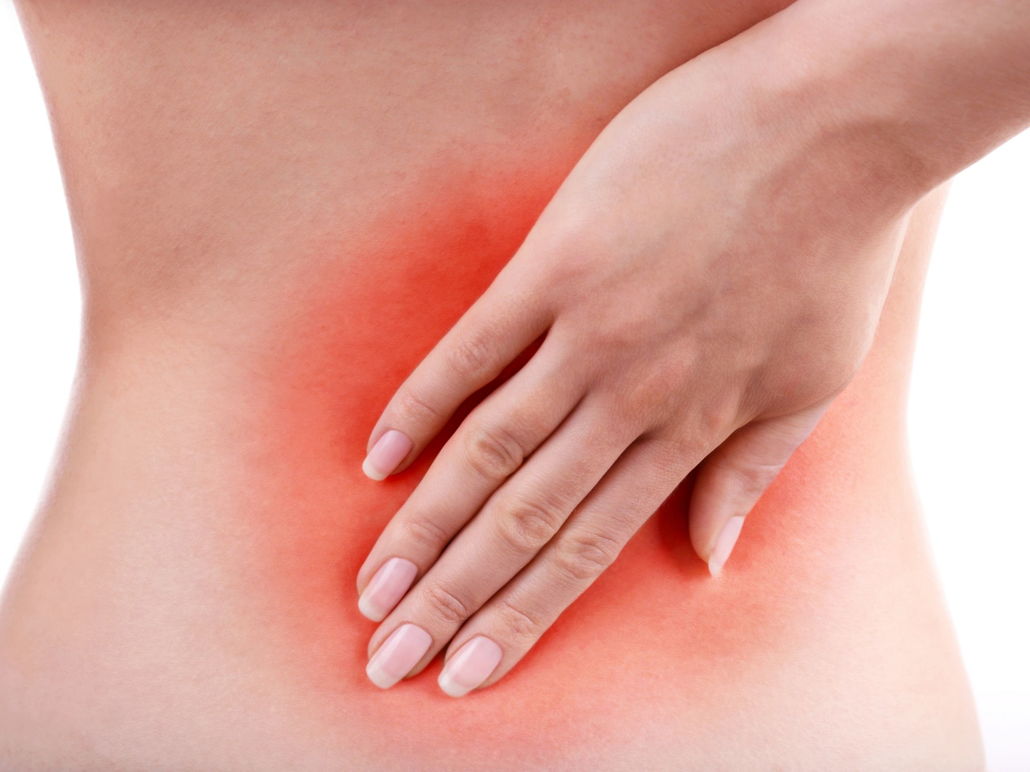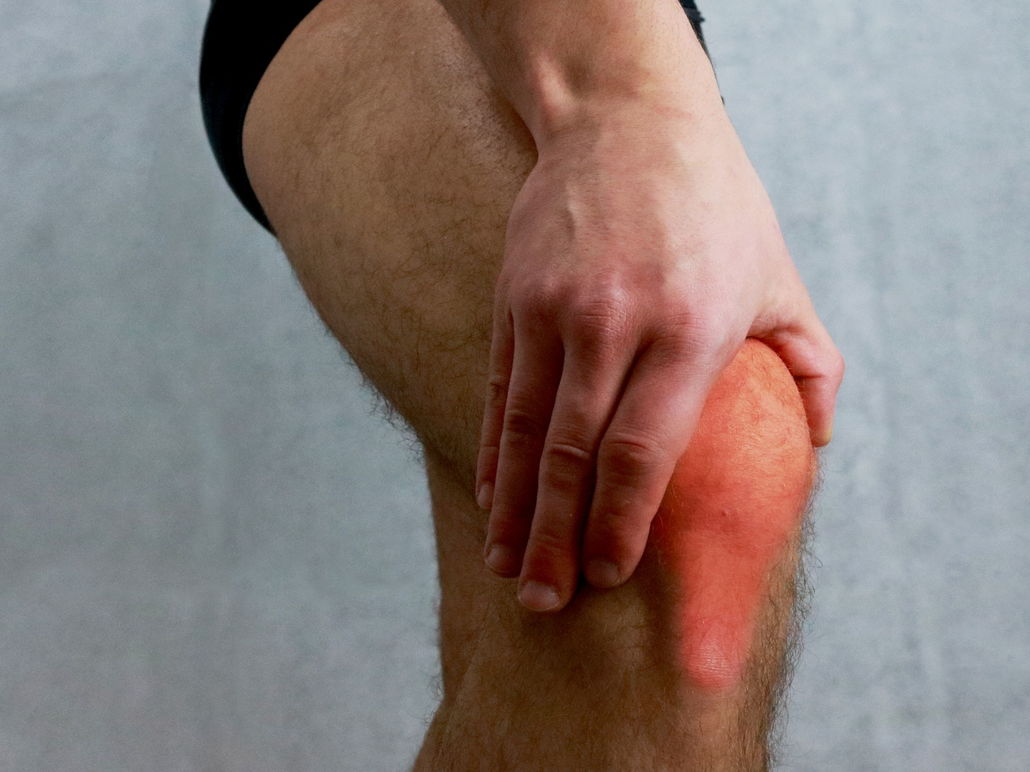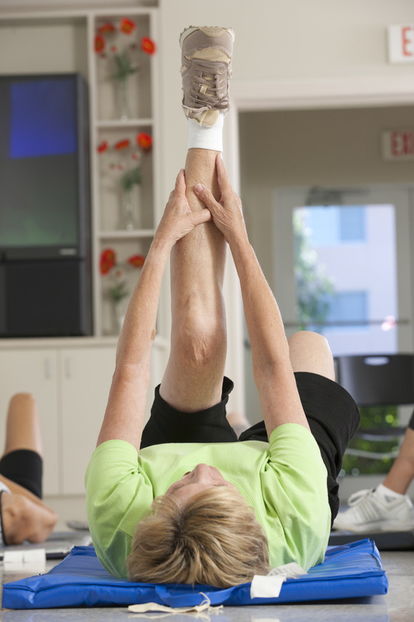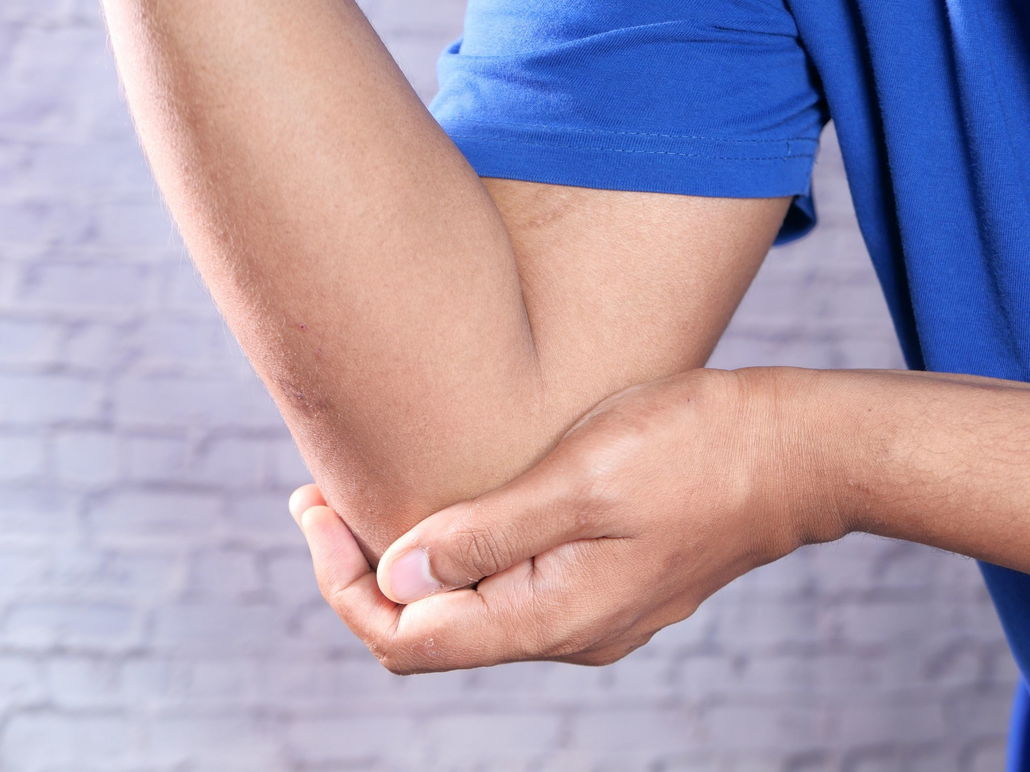What are PRP injections used for?
PRP injections are a medical treatment that is used to help stimulate tissue regeneration and healing. It is a versatile tool for both medical and cosmetic purposes, with many specialists in the fields of dermatology and orthopedic injuries utilizing its potential. For instance, the injection has been highly effective when used as a treatment for hair regeneration due to alopecia, as well as an anti-aging facial cosmetic procedure. By injecting specialized platelets into damaged tissue, PRP injections give the body an added boost to help speed up the healing process and regenerate healthy tissue.
How long does it take for PRP to work?
Many patients report feeling an improvement in the troubled area following their PRP procedure, but the patient’s own variability and the progression of their condition can determine the exact amount of time it takes for PRP to start working. Each patient's injury and repair rate differs from one another; there can be no generalized estimate as to how quickly PRP kicks into effect. However, records show that many patients have noticed results within about 4 weeks post-treatment - sometimes even sooner depending on the patient and type of injury
What are the side effects of PRP?
Generally, the minimal side effects associated with PRP include slight bruising and soreness at the injection site. This procedure is considered a safe option due to minimal risk of infection and minimal adverse reaction, thus being an increasingly popular choice among patients seeking a less invasive alternative to traditional treatments.
How much do PRP treatments cost?
PRP treatments are a viable option for those in search of a natural and affordable approach. Generally, contact us for pricing on the cost of PRP treatments. Our team will provide you with an estimate tailored to your needs and goals.



